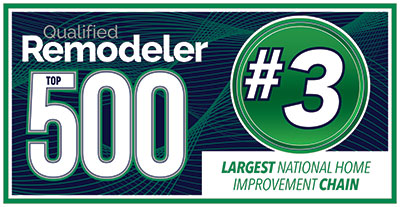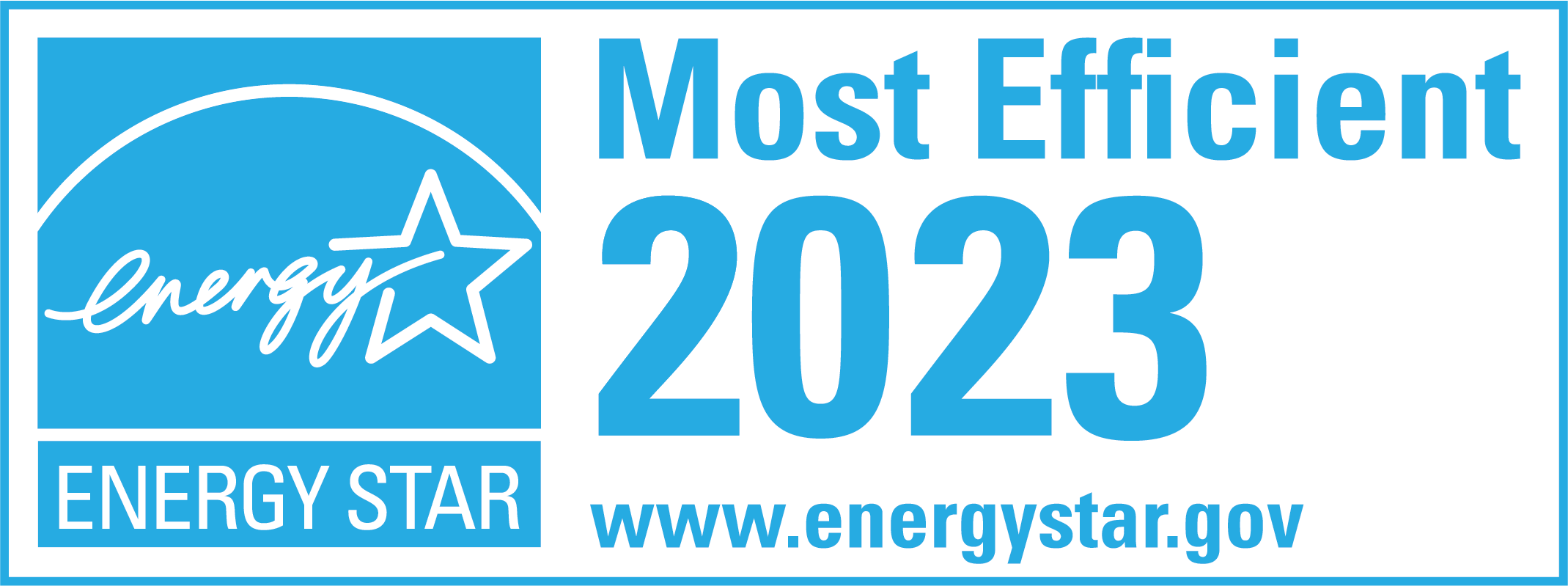Vinyl Siding vs Fiber Cement Siding: Which is the Better Option?
When it comes to choosing the best siding material for your home, several options are available on the market. But two materials that are often compared are vinyl siding and fiber cement siding. Both materials have unique benefits and drawbacks, and choosing the right option can be daunting. In this article, we’ll compare the two siding options to help you make an informed decision.
Understanding the Basics of Vinyl and Fiber Cement Siding
What is Vinyl Siding?
Vinyl siding is a popular option made of polyvinyl chloride (PVC) resin combined with color pigments and other additives. It was first introduced in the 1950s and has gained popularity for its versatility, affordability, and durability.
Vinyl siding is available in a wide variety of colors and styles, including traditional clapboard, board and batten, and Dutch lap. It is also available in different thicknesses, with thicker options offering better durability and insulation.
One of the benefits of vinyl siding is its low maintenance requirements. It does not require painting and can be easily cleaned with a power washer or mild soap and water.
Another advantage of vinyl siding is its ability to withstand extreme weather conditions, including high winds and hail. It is also resistant to moisture, rot, and insects.
What is Fiber Cement Siding?
Fiber cement siding is made from cement, sand, cellulose fibers, and water. It is known for its durability, resistance to moisture and fire, and ability to mimic the look of wood, stucco, or masonry.
Fiber cement siding is available in a variety of styles, including traditional clapboard, shingle, and board and batten. It is also available in different textures, with options that mimic the look of wood grain or smooth finishes.
One of the benefits of fiber cement siding is its durability. It is resistant to rot, insects, and fire and can withstand extreme weather conditions. It also requires little maintenance, with occasional cleaning recommended to remove dirt and debris.
Fiber cement siding is also an environmentally friendly option, as it is made from natural materials and can be recycled at the end of its lifespan.
When choosing between vinyl and fiber cement siding, it is important to consider cost, durability, and aesthetic preferences. Both options offer a range of benefits and can be a great choice for homeowners looking to improve the appearance and durability of their home’s exterior.
The most popular fiber cement brand is James Hardie
Comparing the Aesthetics of Vinyl and Fiber Cement Siding
When it comes to choosing the right siding for your home, aesthetics are an important consideration. The right siding can enhance your home’s curb appeal, increase its value, and protect it from the elements. Two popular siding options are vinyl and fiber cement. Let’s take a closer look at the aesthetics of these two materials.
Color and Texture Options
Vinyl siding comes in a wide range of colors and textures, making it a popular choice for homeowners who want to add some personality to their homes. The smooth finish is perfect for a modern look, while the wood-grain and brushed finishes are great for a more traditional look. Vinyl siding is also available in solid and variegated colors, allowing you to create a vibrant or understated look.
Fiber cement siding, on the other hand, offers even more flexibility regarding color and texture options. It can be painted in any color, completely customizing your home’s exterior. This is especially useful if you have a specific color in mind that is unavailable in vinyl siding. Additionally, fiber cement siding can mimic the look of wood, stucco, or masonry, giving your home a classic or modern look.
Architectural Styles and Design Possibilities
Both vinyl and fiber cement siding are versatile materials that can be used in a wide variety of architectural styles. Vinyl siding is known for its versatility and can be installed on any architectural style, including contemporary, traditional, and ranch. It can also be installed vertically or horizontally, depending on your preference.
Similarly, fiber cement siding is versatile and can be used in various architectural styles, from modern to colonial. It can also be installed in various patterns and styles, including shingles, clapboards, and panels. This allows you to create a unique look for your home that matches your personal style.
In conclusion, vinyl and fiber cement siding offer homeowners a range of aesthetic options. Whether you prefer a traditional or modern look, both materials can be customized to fit your personal style. Consider your home’s architectural style and desired color and texture options when choosing between these popular siding materials.
Evaluating the Durability and Maintenance of Each Siding Option
Weather Resistance
Vinyl siding is highly resistant to moisture, making it a great choice for humid climates and areas prone to heavy rainfall. However, it is not resistant to impact and may crack or fade over time. Fiber cement siding, on the other hand, is highly resistant to impact, fire, and moisture, making it ideal for areas with extreme weather conditions. However, it may swell or crack over time if not properly installed or maintained.
Longevity and Lifespan
Vinyl siding can last up to 25 years with proper maintenance, while fiber cement siding can last up to 50 years or more. Both materials have warranties covering cracking, fading, and other defects.
Maintenance Requirements
Vinyl siding is relatively low-maintenance and can be cleaned with soap and water. It does not require painting or sealing. Fiber cement siding may require periodic painting or sealing to maintain its appearance. It should also be inspected regularly for cracks or gaps where moisture can penetrate.
Analyzing the Environmental Impact of Vinyl and Fiber Cement Siding
Manufacturing Process and Materials
Vinyl siding is made from PVC resin derived from fossil fuels. The manufacturing process generates carbon emissions and other pollutants. Fiber cement siding is made from cement, sand, and cellulose fibers, renewable resources. However, the manufacturing process requires significant energy and generates carbon emissions.
Energy Efficiency
Vinyl siding can help improve your home’s energy efficiency by reducing heat loss and regulating indoor temperature. It can also be insulated for better energy efficiency. Fiber cement siding is also energy-efficient and can help reduce your heating and cooling costs.
End-of-Life Disposal and Recycling
Vinyl siding is not biodegradable and can decompose in a landfill for hundreds of years. Recycling options are limited because it contains PVC resin, which can release toxic chemicals when burned. Fiber cement siding is not biodegradable either, but it can be recycled or reused as fill material or road base.
Assessing the Cost of Vinyl and Fiber Cement Siding
Initial Installation Costs
Vinyl siding is generally more affordable than fiber cement siding, costing around $4-$8 per square foot installed. Fiber cement siding, on the other hand, can cost around $12-$25 per square foot installed. However, the installation cost may vary depending on your location and the project’s complexity.
Long-Term Maintenance and Replacement Costs
Vinyl siding requires less maintenance than fiber cement siding, saving you money in the long run. However, vinyl siding may need to be replaced more frequently than fiber cement siding due to its lower durability. Fiber cement siding may be more expensive upfront, but it can save you money in the long run by reducing maintenance and replacement costs.
Potential Impact on Home Value
The choice of siding material can impact the value of your home. Fiber cement siding is often considered a premium siding option and can increase the value of your home. Vinyl siding, on the other hand, may not have as much of an impact on your home’s value.
In Closing
Deciding between vinyl and fiber cement siding requires careful consideration of several factors, including aesthetics, durability, maintenance requirements, environmental impact, and cost. Both siding options have their own benefits and drawbacks, and the choice ultimately depends on your preferences and needs. By weighing the pros and cons of each option, you can make an informed decision that will enhance the beauty and protection of your home.
Call us at 214-399-9592 or submit a free siding estimate request to discuss pricing and availability.






